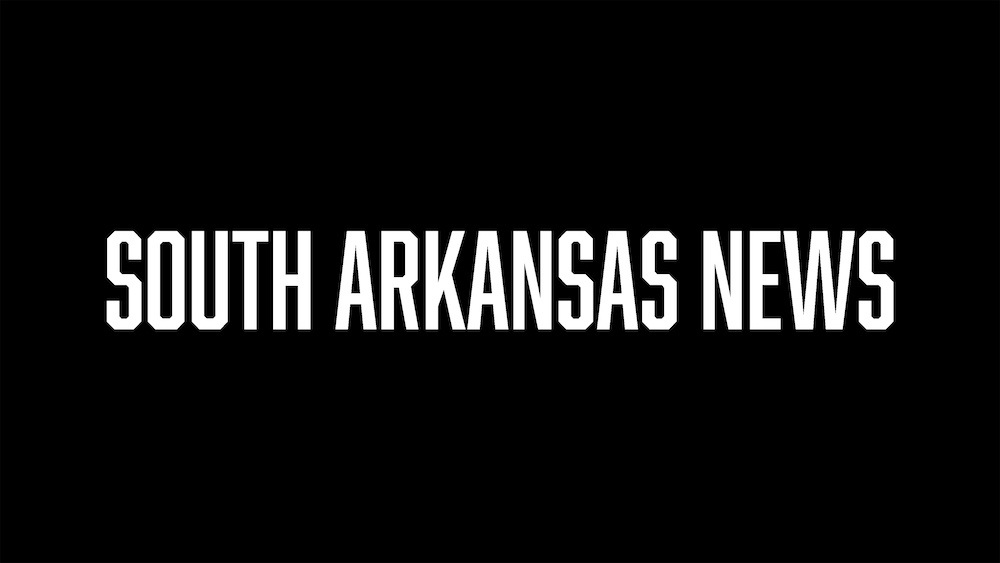LITTLE ROCK – Despite challenging weather conditions that delayed flights for a week, the Arkansas Game and Fish Commission waterfowl staff last week completed its December 2022 aerial waterfowl surveys for the Mississippi Alluvial Valley (Delta), the Arkansas River Valley and southwestern Arkansas, with the report issued this week by Luke Naylor, the AGFC chief of wildlife management. The big news is that while mallard numbers in the Delta were about 100,000 below the 2009-2022 long-term December average, the 480,846 mallards estimated were the most since 2018.

Managing Editor Arkansas Wildlife Magazine
The highest mallard and total duck estimates were in the Bayou Meto-Lower Arkansas River, Black River-Upper White River and Cache River survey zones.
Arctic goose population estimates outnumbered ducks in the Delta, with 1,275,732 counted along with 181,356 greater white-fronted geese.
Biologists conducting transect-based surveys in the Delta estimated 1,136,558 total ducks, in line with past years’ average over 2009-2022. In the River Valley, the estimate was 22,860 total ducks and 7,383 mallards. Southwest Arkansas got some great news compared to this time last year, as the survey estimated 24,574 total ducks with 4,487 being mallards, though the number is lower than long-term estimates. Biologists also noted over 10,000 light geese and 3,000 greater white-fronted geese in southwestern Arkansas, a notably high number for that region.
“Persistent cloud cover, low ceilings and rain limited safe flight conditions and led to a survey that usually takes less than a week to complete dragging out for nearly two weeks,” said Naylor, who formerly headed up the AGFC’s waterfowl program and has handled the duties until a new coordinator arrives early next year. “Longer survey periods can see more habitat changes and waterfowl movements than during more typical surveys.”
Mallards typically account for about 52 percent of all ducks in the Delta during December surveys based on surveys in 2009-2022; in this survey, mallards accounted for 42 percent of all ducks in the Delta.
About 75 percent of all ducks, including mallards, were in the Bayou Meto-Lower Arkansas, Black-Upper White and Cache survey zones survey zones. Hotspot maps show few duck concentration areas outside these survey zones, Naylor noted. The low duck numbers in the L’Anguille survey zone were surprising, Naylor said, as this area typically supports good numbers of ducks during most surveys.
Arkansas River Valley mallard estimates were a bit below average, while total duck estimates were near average. The highest mallard and total duck estimates were in the Point Remove-Plumerville survey zone, with estimates in the Holla Bend zone a distant second. Ducks were concentrated in the Blackwell Bottoms.
Southwest Arkansas cruise survey counts showed numbers a bit below usual for December.
This fall has been relatively dry, with the first substantial rainfall occurring toward the end of this prolonged survey period. Recent rains have provided additional habitat, but time will tell if this results in sustained habitat provision and widespread overbank flooding. A long duration of overbank flooding seems unlikely at this point without additional rainfall. The Arctic blast following a cold front that will pass through Arkansas on Thursday will be interesting to watch in the coming days.
The AGFC’s Jason Carbaugh, Jason “Buck” Jackson, Cameron Tatom and Alex Zachary conducted the surveys.They’ll be back in the sky just after New Year’s Day for the annual midwinter survey conducted the week of June 2-6.
Arctic Blast May Deliver Ducks, But Hunters Should Be Cautious Friday
The latest guidance from the National Weather Service shows an Arctic front now moving through the state earlier than previously predicted, entering northwest Arkansas early Thursday and crossing the Mississippi River by mid- to late afternoon Thursday.
This will drive cold air and winter weather precipitation into parts Arkansas by Friday and bitter (and dangerous) cold temperatures and wind chills Friday morning from the arctic air mass trailing the front, according to the NWS.
The arctic air will settle over the state through Christmas with only some moderation expected. Winds will slacken Friday as the system pulls away but the cold will remain. As of this publication there was a wind chill watch in effect for the north portion of the state with wind chill advisories or warnings likely across most if not all of the state with time.
The cold blast may only affect a couple of days of the season, though. The second portion of Arkansas’s waterfowl season will close at sunset Friday, Dec. 23, and reopen 30 minutes before sunrise on Monday, continuing uninterrupted through Jan. 31.
The NWS says there could be some snow across mainly the north and northwest with an inch or two possible, but most areas will see less than that as the system will be moving very quickly, moisture is limited and the window for accumulating snow is relatively small. A dusting over the central portion of the state is possible.
What will most help Arkansas’s waterfowl numbers is the expected snow and ice cover to the north. Cold temperatures aren’t the determining factor for moving waterfowl further south, but coverage of their food and habitat sources is. The entire Midwest, starting with the northern counties of Arkansas northward into Canada, is expected to receive significant frozen precipitation. Parts of Oklahoma are included. Winter Storm Elliott is expected to leave its heaviest winter precipitation in the Great Lakes region, with blizzard conditions forecast.
But, while waterfowl hunters may be excited by the possibility of more hunting opportunities, they need to consider the widespread sub-freezing conditions that could linger through Friday afternoon. Dress appropriately. Avoid exposure to temperatures that reach into the teens and below, and remember that there are sub-zero wind chills expected Friday.
We should see safer temps when the season reopens after its two-day break over the weekend. Temperatures through parts of the state are expected to climb above freezing on Christmas Day.
Watch for Avian Flu Cases
Hunters are being asked again to maintain a vigilant lookout for any birds that might be infected or suffering from Highly Pathogenic Avian Influenza.
HPAI continues to be a concern for wildlife biologists, especially with much evidence of it seen recently among migrating snow geese and other waterfowl and wintering birds in eastern Arkansas. Hunters, outdoors enthusiasts and wildlife watchers are asked to report instances of dead or sick waterfowl that they encounter in the wild. The risk of humans contracting the disease remains low, but hunters can help further minimize that risk by following a few simple precautions (see below). Anyone who observes concentrations of sick or dead birds should report their sighting by using the AGFC’s Avian Influenza Reporting Form.
More information on avian influenza information is available at AGFC, Ducks Unlimited, and USDA APHIS’s website.
Risk to Humans Is Very Low
The risk for humans to contract HPAI is still very low, and cases where the disease has infected humans came from situations where working conditions caused people to be in close proximity to infected poultry.
As a general precaution, hunters should use good hygiene practices when handling, cleaning and preparing harvested waterfowl.
Safety Guidelines for Hunters:
- Harvest only waterfowl that act and look healthy. Do not handle or eat sick animals.
- Wear disposable gloves when handling and cleaning game and field dress outdoors or in a well-ventilated area. Wash hands thoroughly with soap and water afterward.
- Dispose of unwanted parts in a manner that prevents scavenging by domestic animals and wildlife.
- Thoroughly cook all game to an internal temperature of 165 degrees Fahrenheit before eating it.
- Do not feed pets or domestic animals uncooked portions of waterfowl.
The more concerning risk associated with HPAI is its potential for spillover to domestic poultry.
Agricultural officials urge poultry producers to implement biosecurity measures around their flocks, especially during periods of waterfowl migration, but hunters who have contact with poultry should use extra caution. Avoid contact between poultry and wild birds or their parts. After handling waterfowl, change or clean clothing, shoes and other equipment before coming into contact with poultry, including commercial production facilities and backyard flocks.
Bag Limits
Remember: Daily bag limits are the same as seen in recent years. Hunters make harvest a bag limit of 6 ducks, which may include no more than 4 mallards (2 hens), 1 scaup, 3 wood ducks, 1 pintail, 2 redheads, 2 canvasbacks, 2 black ducks or 1 mottled duck. Beyond those exceptions, the limit is up to 6 ducks of a species, including teal. The merganser daily bag limit is 5, with only 2 hooded mergansers allowed. The daily bag limit for coots is 15. Non-lead shot must be used for waterfowl hunting in Arkansas. The possession limit for ducks, coots and mergansers is three times the daily bag limit. The daily bag limit for greater white-fronted geese 3, up from last year’s 2 birds per day. The daily limit for snow, blue and Ross’s geese is 20 per day.
Waterfowl season will close for the Christmas holiday, Dec. 24-25, with the final portion of duck season reopening 30 minutes before sunrise Dec. 26. The season closes at sunset Jan. 31.




